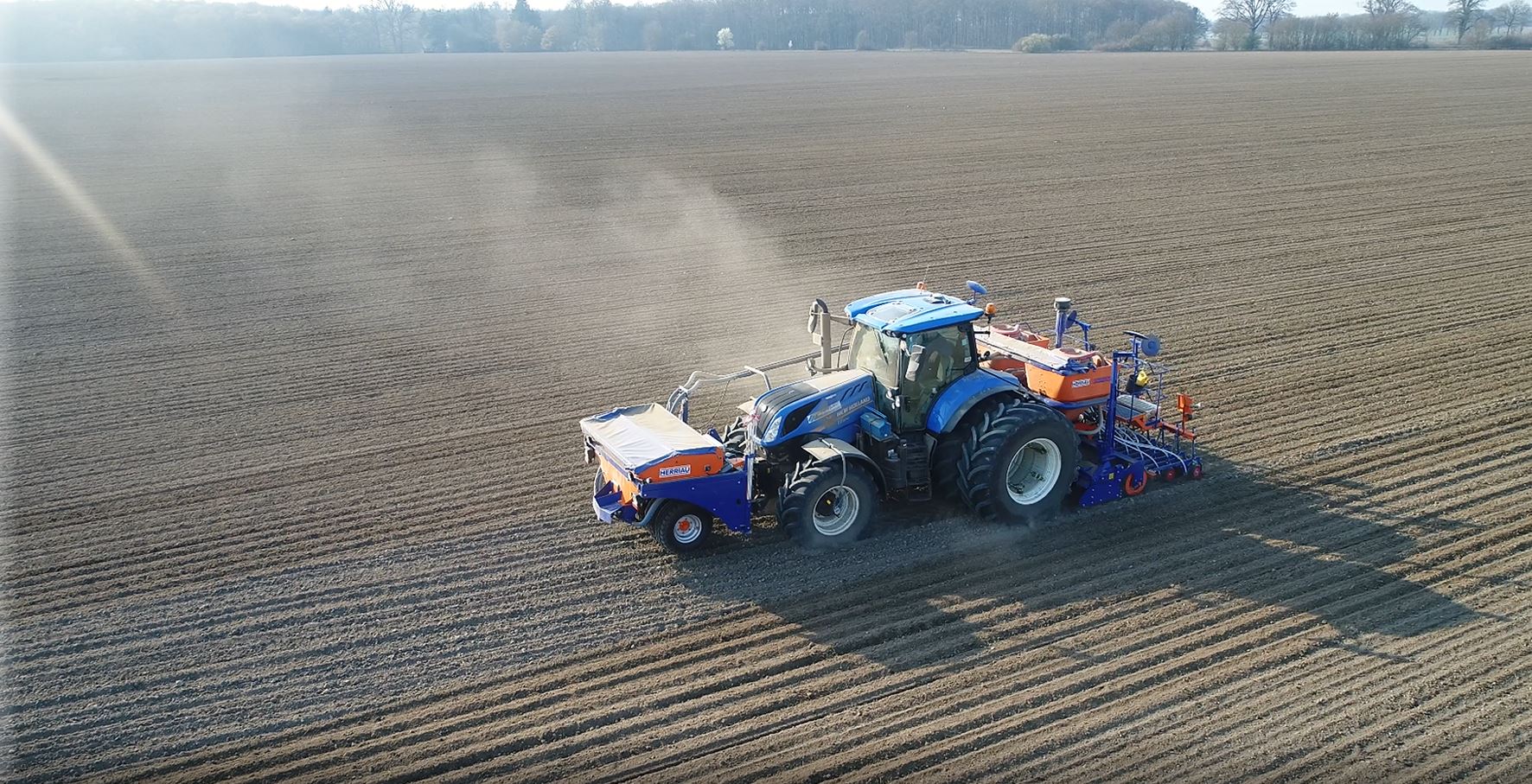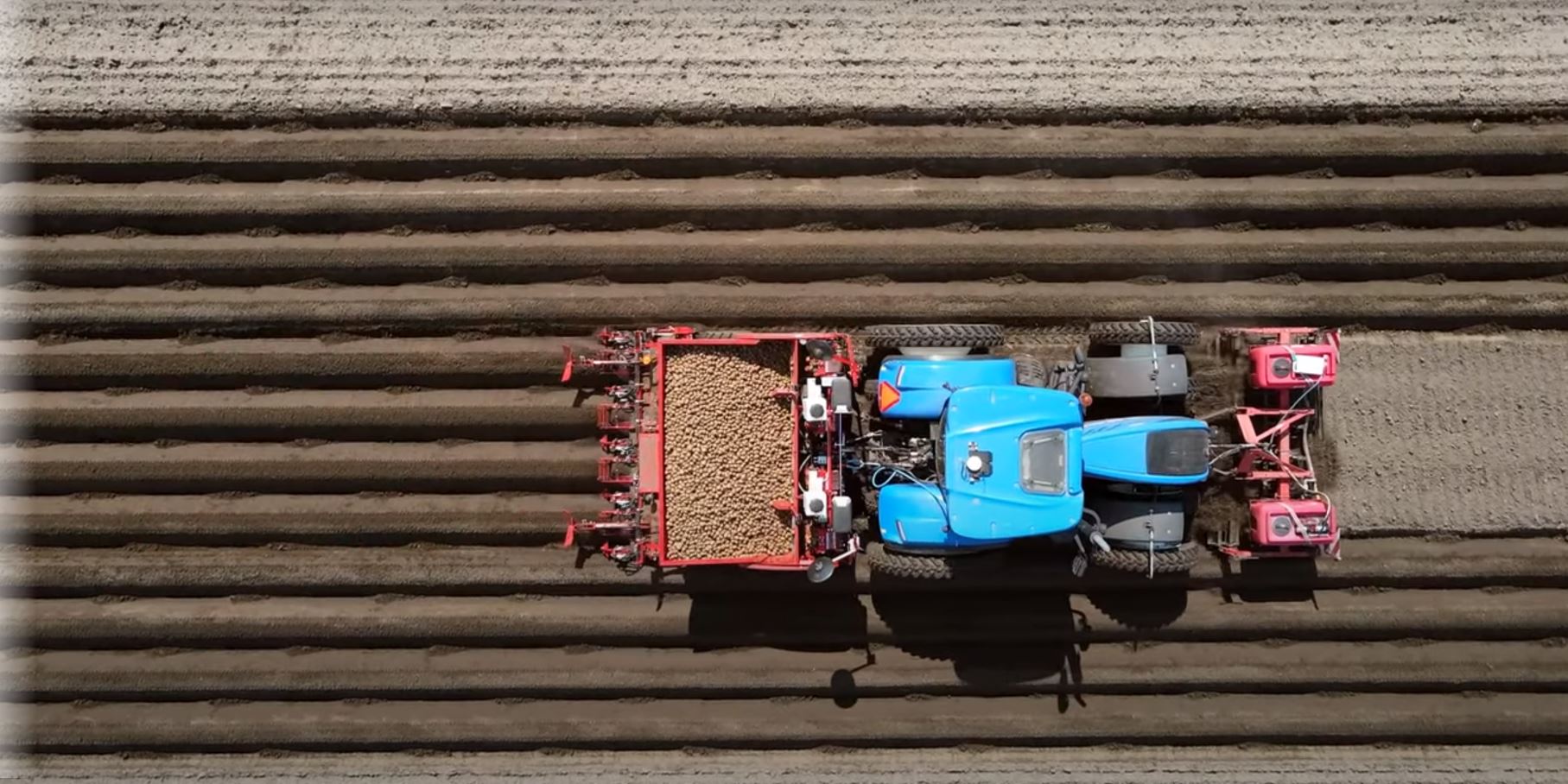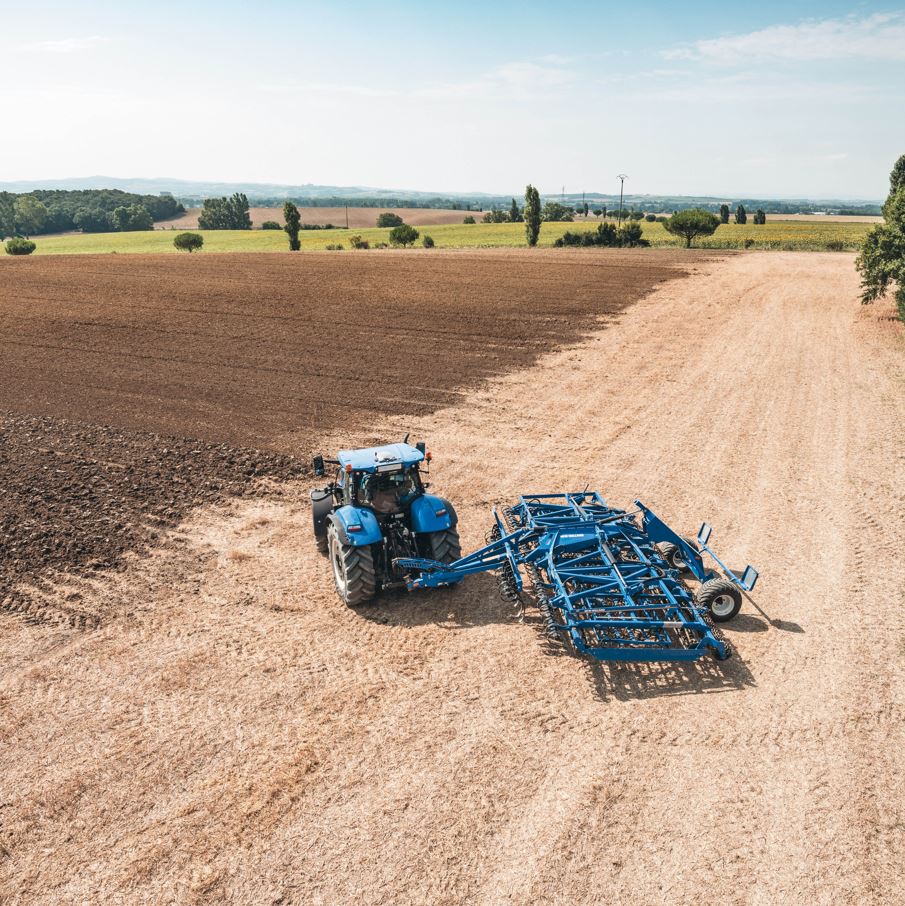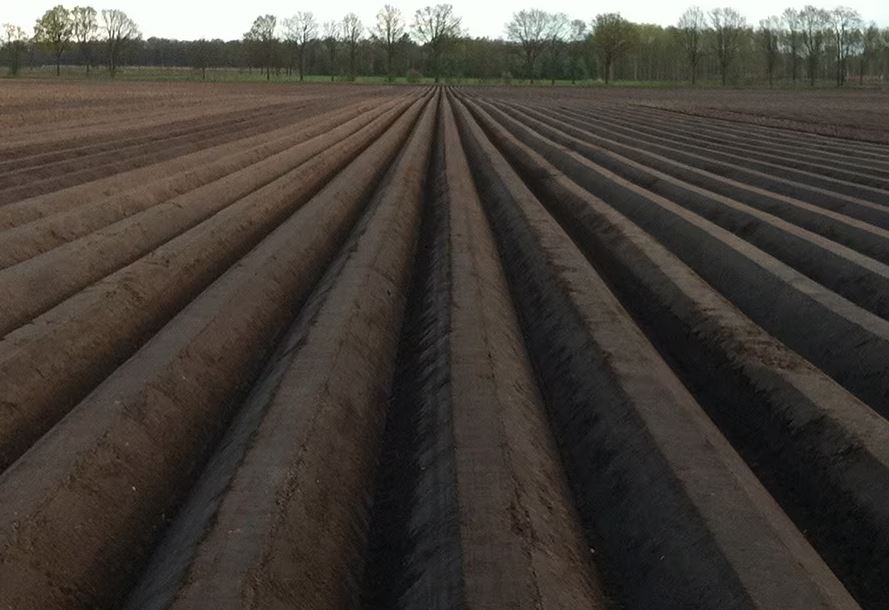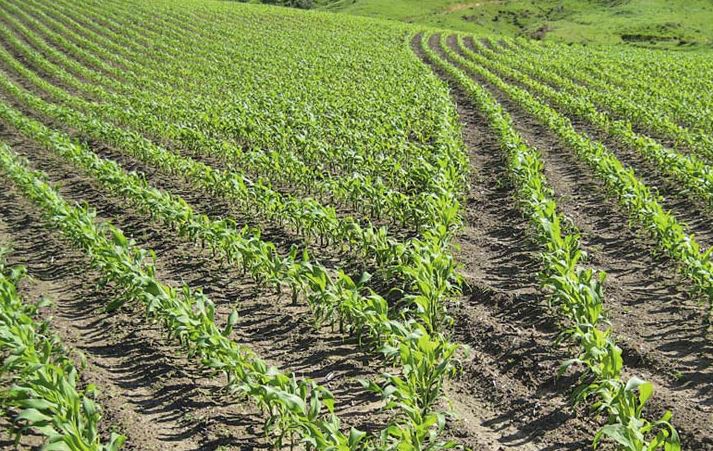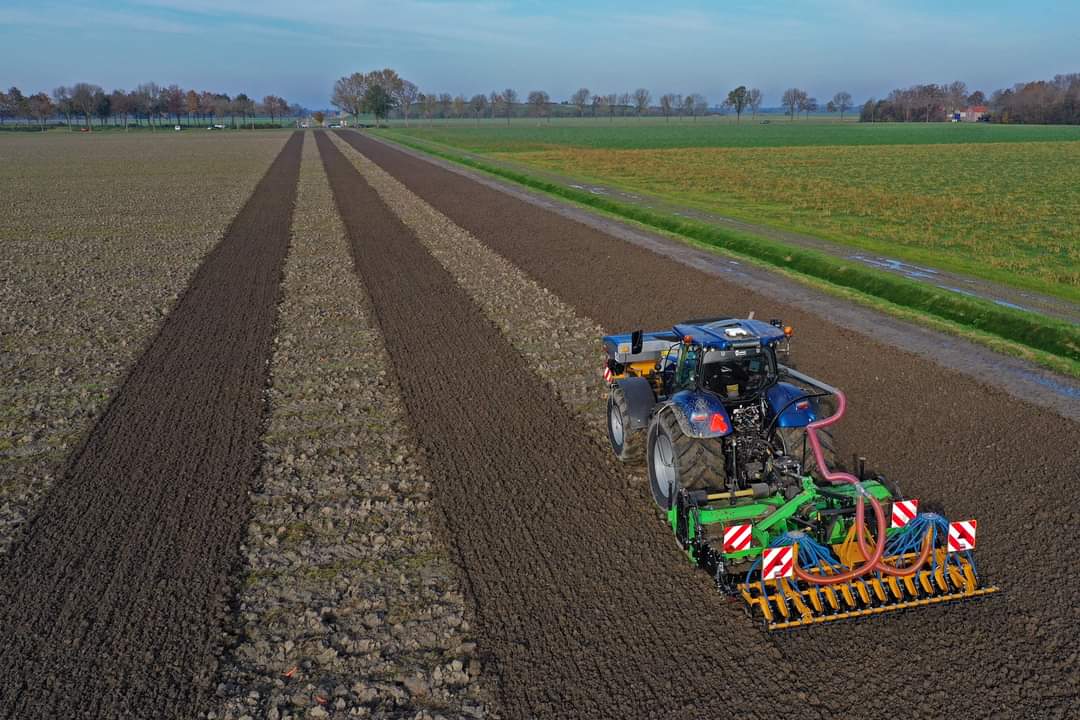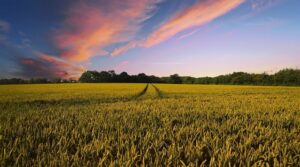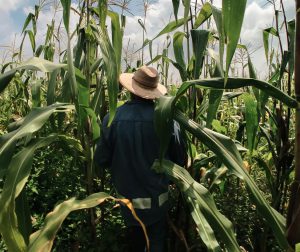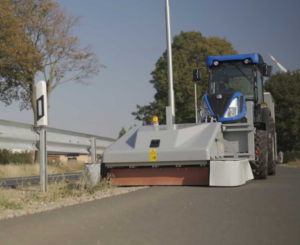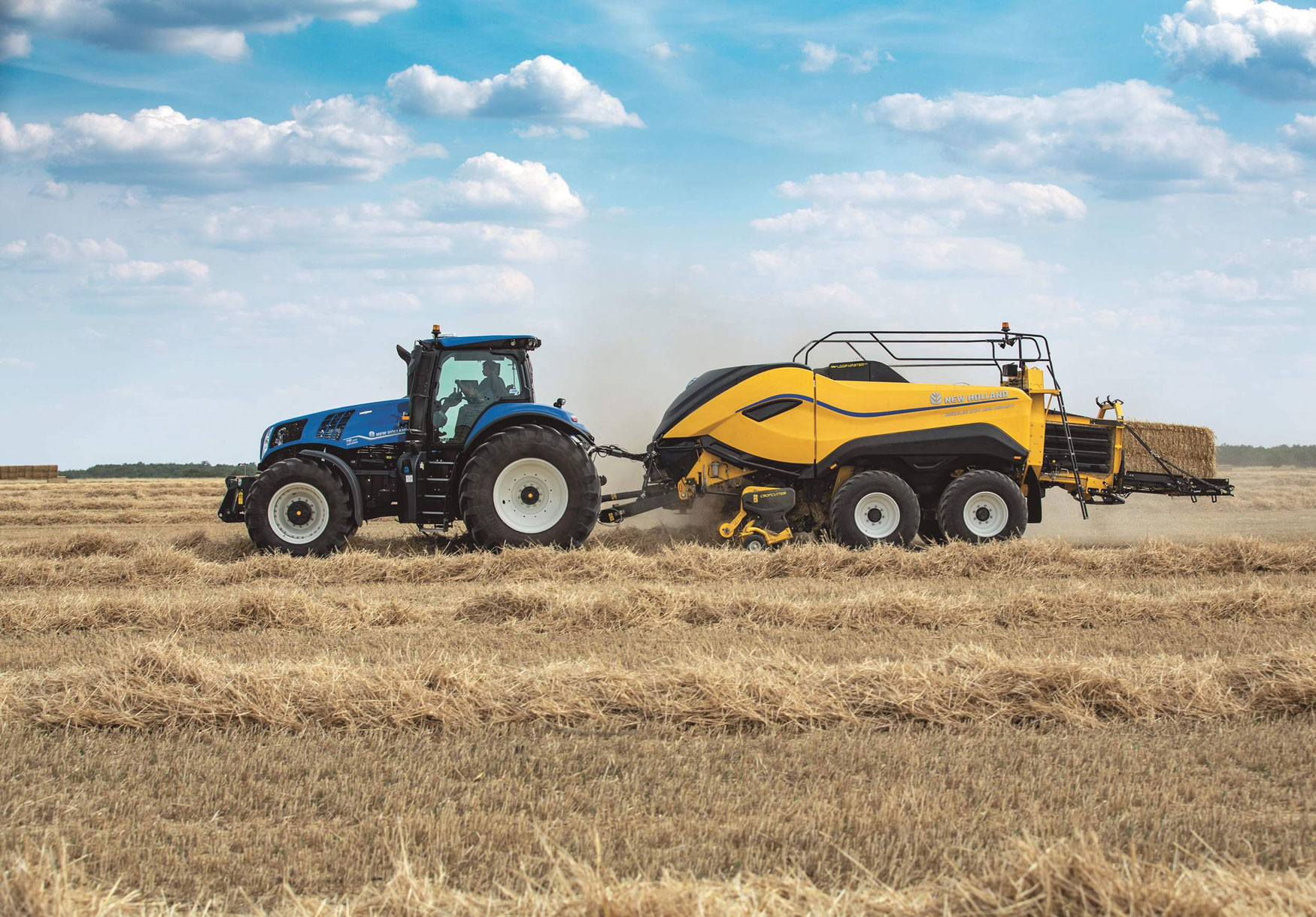The agricultural sector is constantly evolving. Farmers, contractors or agricultural machinery manufacturers are looking for ways to increase the efficiency, quality and sustainability of their work in the field. For example, GPS systems are now also being integrated in agriculture, offering many benefits. Read all about precision agriculture and come and see us at Huis Vallaey to discover a solution tailored to your specific needs.
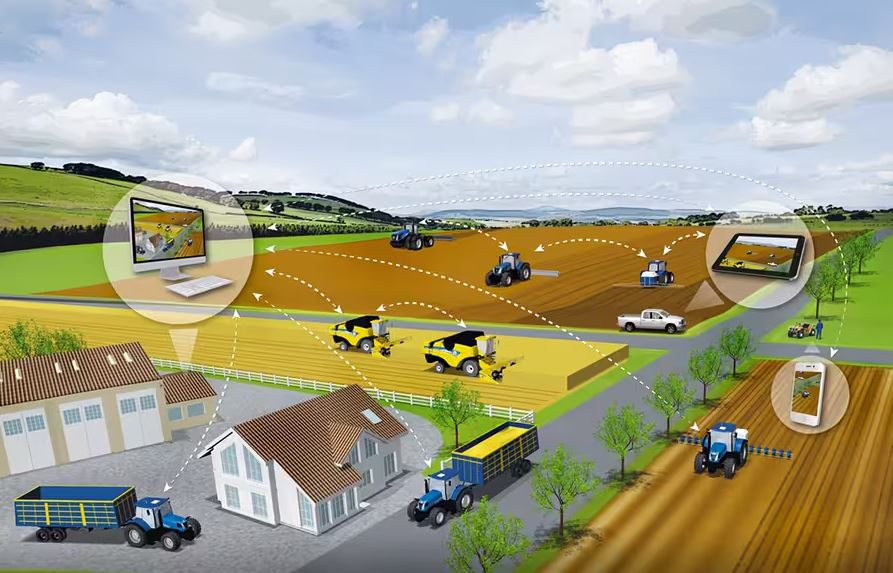
A brief introduction to the GPS system
A GPS system or Global Positioning System (GPS) is a positioning system. It consists of several satellites orbiting the Earth in a fixed orbit at an altitude of 20,200 kilometres. The satellites transmit the radio signals necessary for positioning.
GPS systems originated in the US military, but in the meantime Russia (with Glonass) and Europe (with Galileo) have also developed their own positioning systems.
Global Navigation Satellite Service or GNSS is the collective name for all positioning systems.
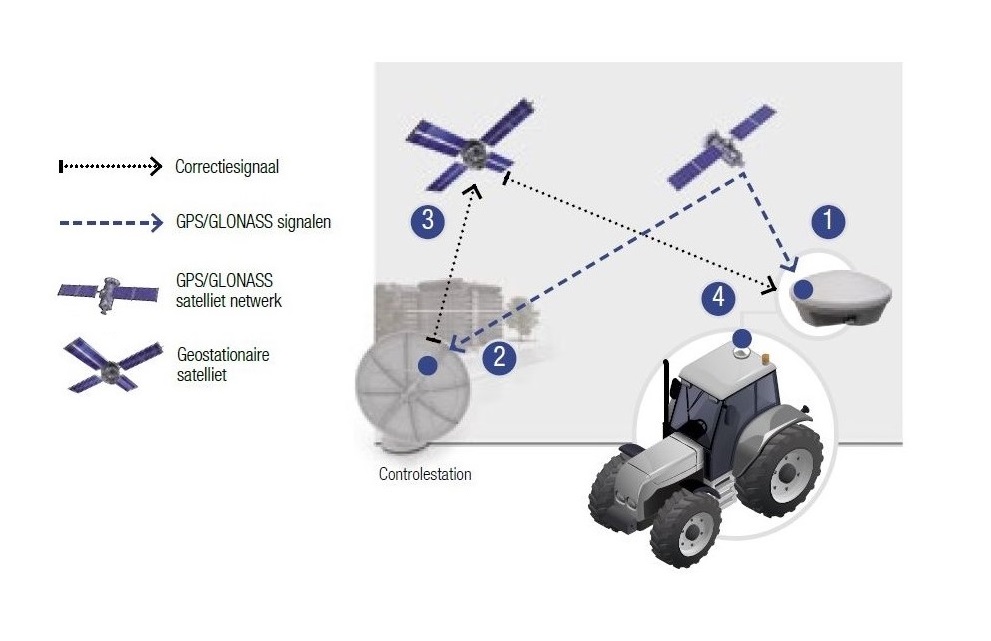
How GPS systems work
Basically, the distance is measured between the satellites and the receivers of the GPS device. You can compare the satellite to an accurate clock that transmits signals. Since its speed is already known (300,000 kilometres per second), the satellite can determine how long the signals travel.
A single point on the earth’s surface is determined by combining the information from several satellites. The more satellites, the more accurate the positioning.
GPS systems in agriculture
However, this level of accuracy is not sufficient for agriculture. Even greater precision is required in the sector. This is achieved using correction signals (Real Time Kinematic or RTK) transmitted by reference stations. The stations are located on the Earth at an exact, known position. They receive the satellite signals and calculate their position using an analogue technique. They compare them with their own position. They subsequently send the correction in real time to the GPS device.
Learn all about precision agriculture
When GPS systems are used in agriculture, we use the term precision agriculture. The bulk of agricultural activities are then automated with great precision using GPS systems, sensors on the ground or in the air, computers and robotisation.
The benefits of using GPS systems in agriculture
What are the benefits of using GPS systems for the farmer or contractor?
- Accurate and efficient work
- Qualitative yield
- Labour reduction
- Optimisation of working hours
- Makes it possible to work at night
- Independent of weather conditions
- Optimal use of crop protection products, fertilisers and fuel
- Conserves the subsoil due to fewer work processes
- Greater driving comfort for the driver
Precision agriculture solutions from New Holland
Do GPS systems sound like a good idea for your farm? At Huis Vallaey we sell the complete New Holland range, including various precision agriculture solutions. We combine them to devise a solution that is tailored to your specific activities and requirements. You can opt for a basic manual solution, assisted guidance or fully automated guidance that controls your machine for you.
The precision agriculture solutions available at Huis Vallaey:
- Displays
- Receivers, modems and controllers
- Correction signals
- Guidance and control solutions
- Control systems
- Precision agriculture connect and data management systems
- Displays
- Receivers, modems and controllers
- Correction signals
- Guidance and control solutions
- Control systems
- Precision agriculture connect and data management systems
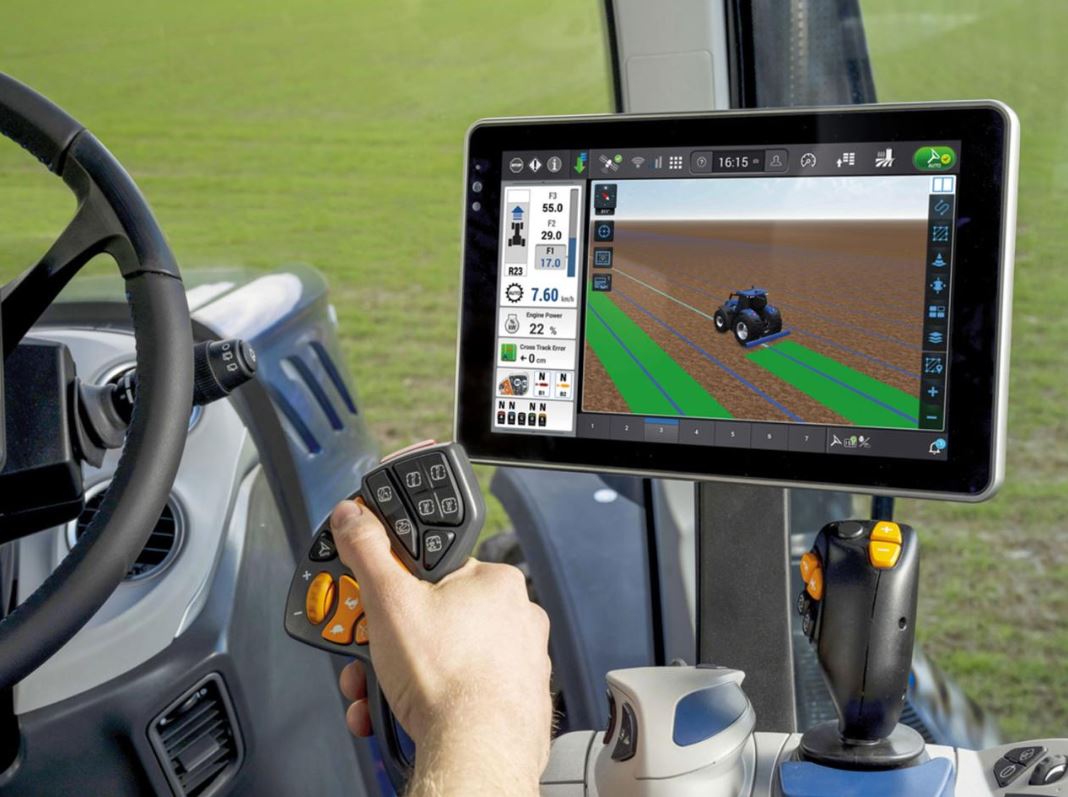
Want to integrate GPS systems in your agricultural activities?
Make an appointment with one of our experts and jointly devise a solution tailored to your agricultural activities.
